The seventh generation of video game consoles marked a transformative period in the gaming industry, revolutionizing how people interact with games and setting new standards for the technology behind them.
Spanning from 2005 to the early 2010s, this generation introduced consoles like the Xbox 360, PlayStation 3, and Nintendo Wii, each offering groundbreaking advancements in terms of graphics, gameplay, and online connectivity.
Today, we’ll explore the highlights, innovations, and lasting impact of the seventh generation of video game consoles. Keep up with us and embark on this retrospective journey!
This article is part of a complete series where we do a deep dive into each video game generation.
The 3 staple players of the seventh generation
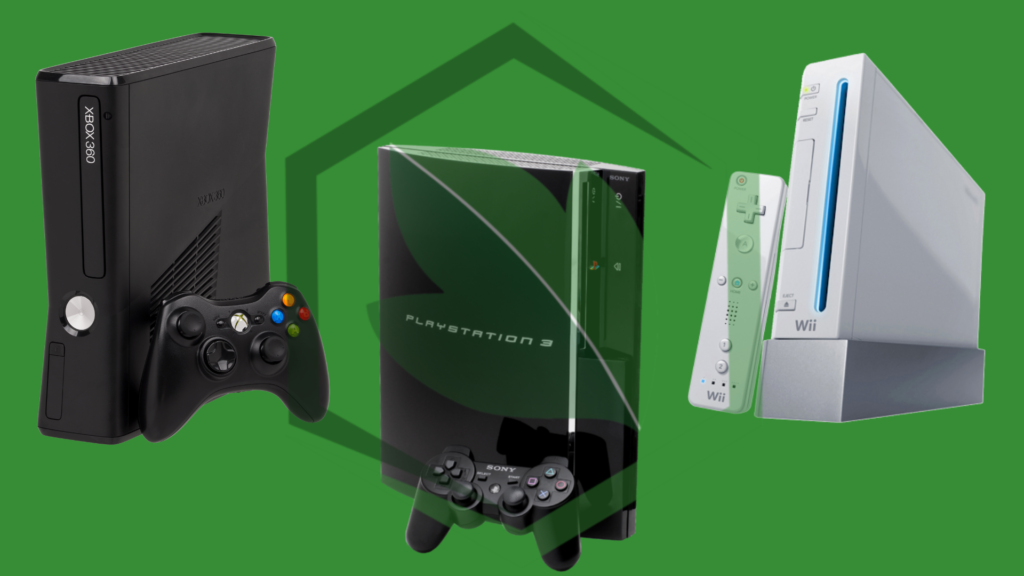
The seventh generation was dominated by three major consoles, each with its unique strengths and innovations. You know what they are!
Microsoft Xbox 360
Released in 2005, the Xbox 360 set the tone for high-definition gaming. It featured powerful graphics capabilities and focused heavily on online gaming with its Xbox Live service.
Xbox Live allowed players to download games, stream media, and engage in multiplayer gaming, making it one of the most robust online ecosystems in gaming history.
Xbox 360 also introduced achievements, a feature that gamified gaming itself, encouraging players to reach specific milestones in their favorite titles.
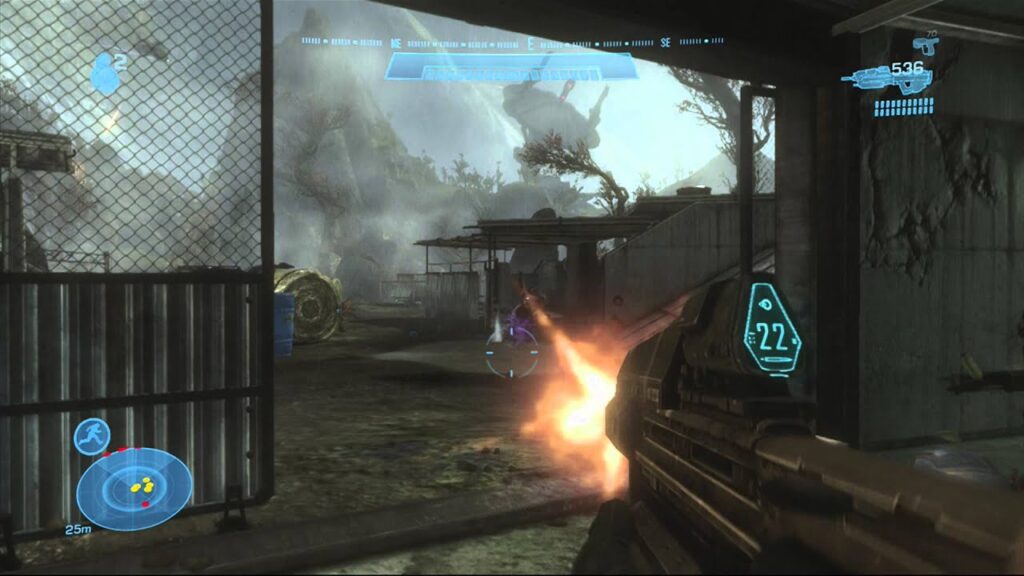
Sony PlayStation 3
Launched in 2006, the PlayStation 3 boasted a Blu-ray drive, making it a versatile entertainment hub that could handle high-definition movies alongside games.
The console’s Cell processor was a technological marvel at the time, providing developers with immense power to create visually stunning and complex games. Titles like The Last of Us and Uncharted demonstrated the PS3’s ability to push the boundaries of narrative and graphical performance.
Additionally, the PlayStation Network (PSN) grew into a strong online service, competing with Xbox Live while offering features such as free multiplayer gaming.
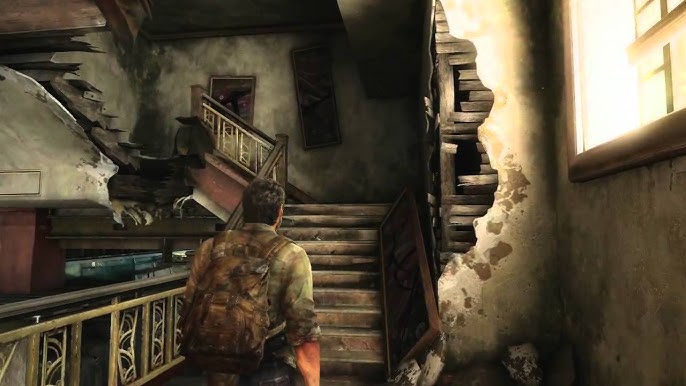
Nintendo Wii
Breaking away from the graphics arms race, Nintendo took a different approach with the Wii in 2006. Its main selling point was the motion-sensing Wii Remote, which encouraged physical interaction with games.
While it lacked the raw power of the Xbox 360 and PlayStation 3, the Wii became a massive success due to its accessibility and appeal to non-traditional gamers.
Titles like Wii Sports brought families together, and games like Super Mario Galaxy and The Legend of Zelda: Twilight Princess proved that innovative gameplay could outshine graphical prowess.
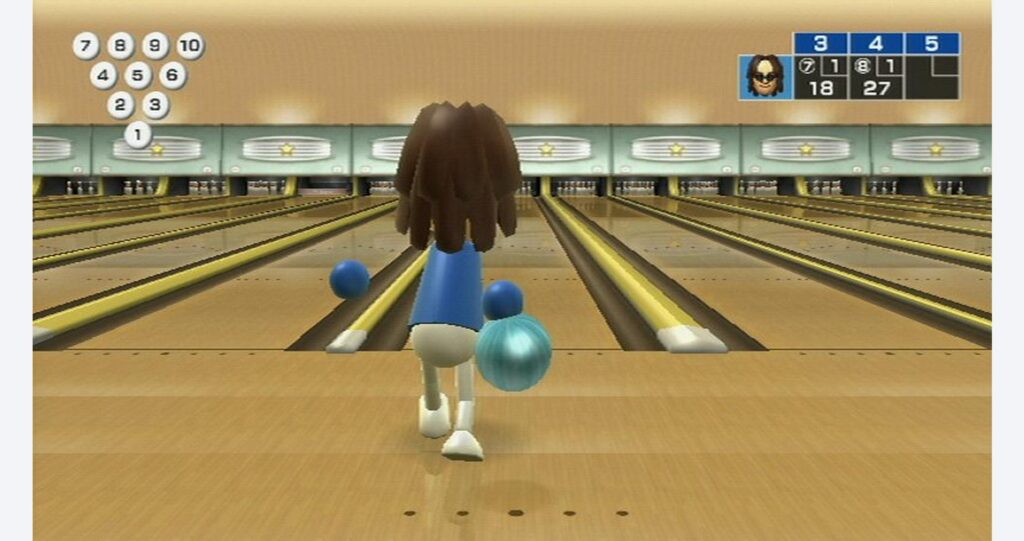
Portables of the seventh generation
But while home consoles dominated the seventh generation, handheld gaming also saw significant advancements. Portable consoles brought high-quality gaming experiences on the go, combining innovative features with an expanding library of games.
The Nintendo DS, first released in 2004, became a cultural phenomenon during the seventh generation, eventually evolving into the DS Lite and DSi models. Its dual-screen design, with one being touch-sensitive, provided a unique gameplay experience that set it apart from traditional handheld consoles.
Iconic titles like Pokémon Diamond and Pearl, The Legend of Zelda: Phantom Hourglass, and Brain Age captured a broad audience, making the DS one of the best-selling consoles of all time – and the best handheld console of all time.
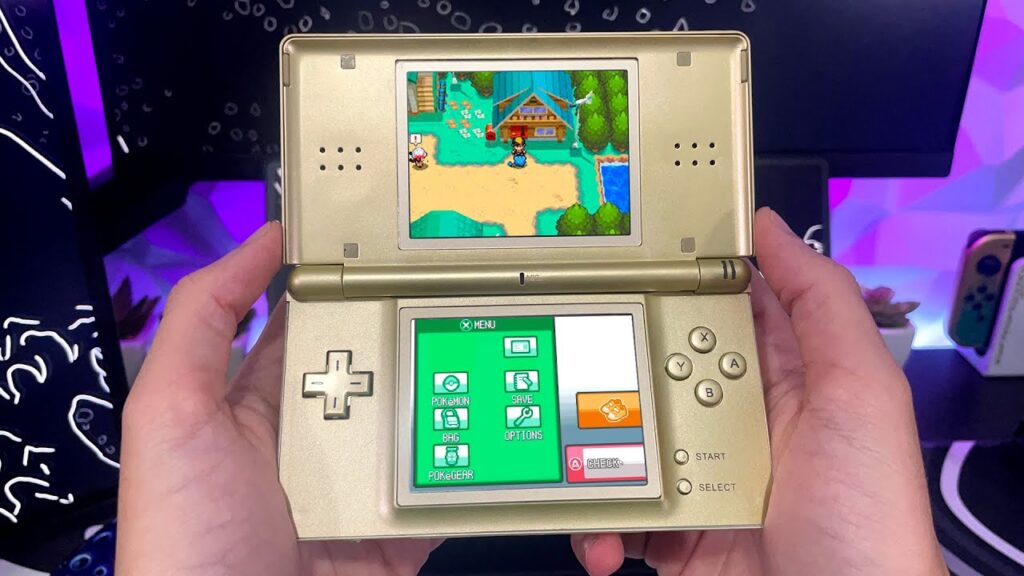
In addition to games, the DS introduced innovative features like local wireless multiplayer and Wi-Fi connectivity, allowing players to compete and trade with others worldwide, reinforcing the portable gaming trend.
Sony also entered the portable market with the PlayStation Portable (PSP) in 2005, aiming to deliver console-quality gaming on a portable device. With its advanced graphics, multimedia capabilities, and sleek design, the PSP attracted core gamers.
It supported high-quality titles like God of War: Chains of Olympus, Crisis Core: Final Fantasy VII, and Metal Gear Solid: Peace Walker, showcasing the PSP’s capacity for console-like experiences on the go.
The PSP also embraced digital distribution through the PlayStation Store, allowing players to download games, movies, and music. This portable console pioneered many aspects of gaming on the go, further pushing the boundaries of handheld devices.
Portables of the seventh generation weren’t just secondary to home consoles – they were essential contributors to the gaming ecosystem. The success of the Nintendo DS and Sony PSP demonstrated that handheld gaming could offer experiences rivaling traditional consoles while adding mobility.
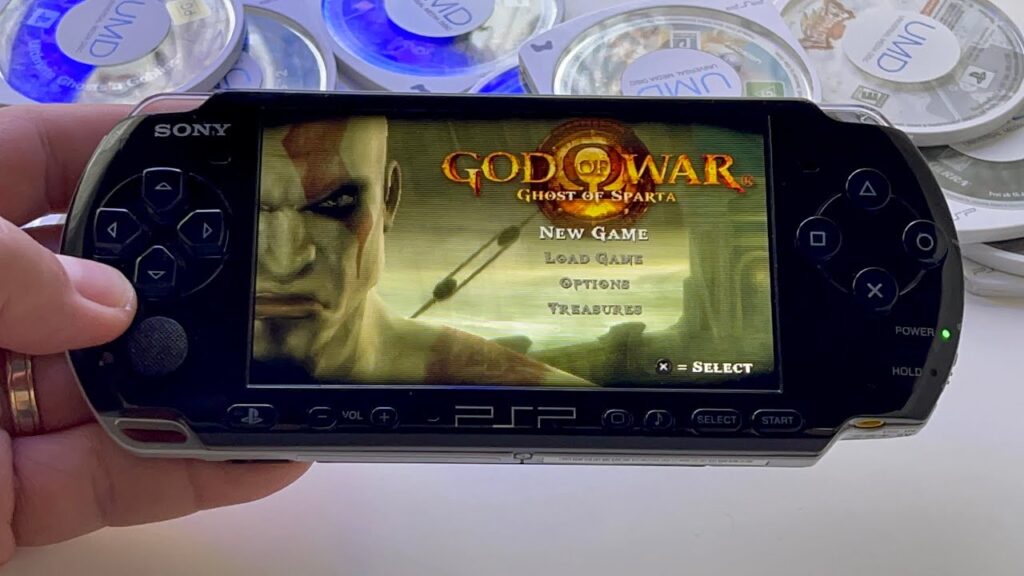
Their influence laid the groundwork for the next generation of portables, from the Nintendo 3DS to the PlayStation Vita, and even the current trend of hybrid gaming systems like the Nintendo Switch. Both devices helped normalize digital game distribution, multiplayer connectivity, and multimedia integration, elements that are still prevalent in today’s gaming landscape.
By the way, this also paved the way for the eventual rise of smartphones in modern society. Before Steve Jobs unveiled the iPhone in 2007, the first experience most people had had with the concept of touchscreen was the Nintendo DS. In hindsight, that’s crazy, huh?
Key innovations of the seventh generation of video game consoles
The seventh generation of video game consoles introduced several technological and cultural innovations that continue to shape the gaming world today.
For the first time, consoles fully embraced high-definition (HD) gaming. The Xbox 360 and PlayStation 3 both supported HD resolutions, with games displaying stunningly detailed environments, realistic character models, and fluid animations. This leap in visual fidelity helped gaming achieve greater mainstream recognition as an art form.
Online gaming was also revolutionized during this generation. Both Xbox Live and PlayStation Network allowed gamers to compete in multiplayer matches, download games, and connect with friends across the globe.
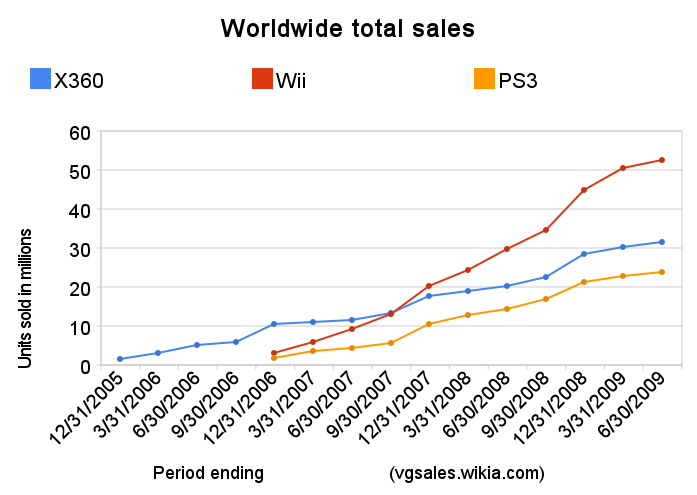
The rise of digital distribution meant players no longer needed to rely solely on physical copies of games. Services like Xbox Live Arcade and PlayStation Store introduced a platform for smaller indie developers, giving rise to critically acclaimed games like Braid and Journey.
The Nintendo Wii’s motion controls also opened up gaming to a broader audience. With its simple, intuitive interface, the Wii appealed to families, seniors, and even non-gamers. The rise of “casual gaming” was a direct result of the Wii’s success, showing that video games could be inclusive and entertaining for everyone.
And finally, the introduction of achievements (Xbox 360) and trophies (PlayStation 3) added a new layer of engagement to gaming. Players were incentivized to explore games more deeply, unlocking rewards for completing specific in-game challenges. This feature significantly increased replayability and competition among friends.
Iconic games of the seventh generation
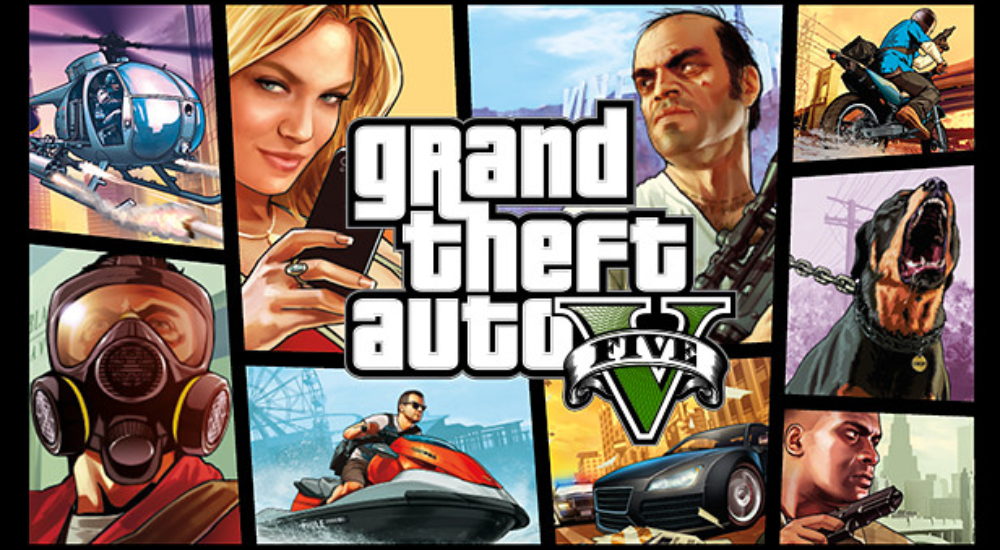
The seventh generation saw the release of some of the most critically acclaimed and commercially successful games in history. Here are a few notable titles:
- Halo 3 (Xbox 360): A flagship title for Microsoft, Halo 3 became synonymous with the Xbox 360, delivering an unforgettable multiplayer experience.
- The Last of Us (PlayStation 3): Praised for its emotional storytelling and cinematic quality, The Last of Us became one of the PlayStation 3’s defining games.
- Wii Sports (Nintendo Wii): The bundled game with the Wii console, Wii Sports, brought motion controls to the masses and became a cultural phenomenon.
- Grand Theft Auto V (Xbox 360, PlayStation 3): Rockstar Games’ open-world masterpiece, GTA V, redefined the scale and ambition of sandbox gaming.
You may also like: What’s the most popular video game ever? A complete list
The lasting impact of the seventh generation
The legacy of the seventh generation of video game consoles is profound. It established many of the features and trends that are now considered standard in modern gaming. High-definition graphics, robust online ecosystems, digital downloads, and achievements have all continued into the eighth and ninth generations of consoles.
Moreover, the Wii’s influence on motion controls led to the development of technologies like Kinect and PlayStation Move. While these innovations have largely faded from mainstream gaming, they paved the way for virtual reality (VR), which has become an emerging trend in the gaming industry.
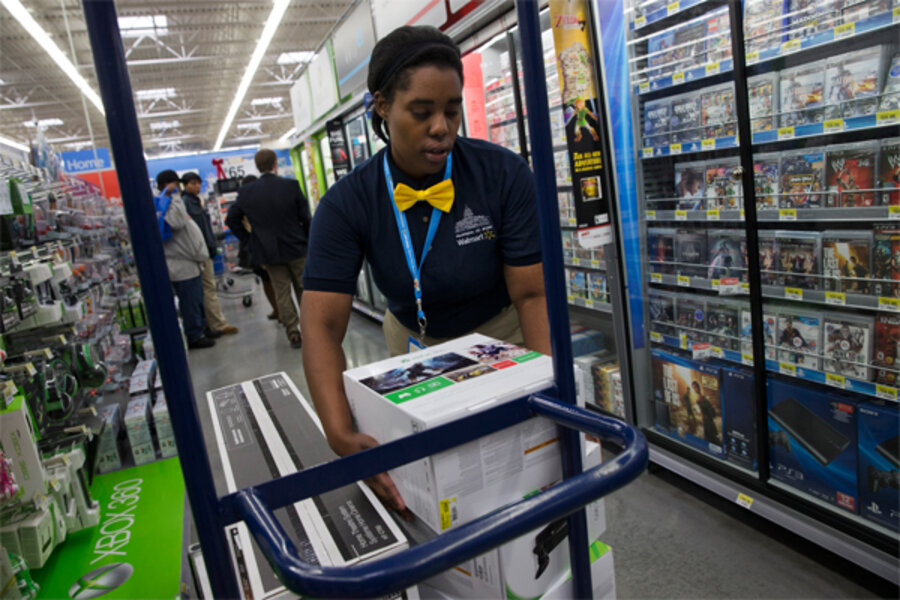
The seventh generation of video game consoles was a period of tremendous innovation, shaping the future of gaming for years to come.
As gamers continue to enjoy the fruits of these advancements, the seventh generation remains a milestone in the history of video games – a time when technology, creativity, and accessibility converged to create some of the most iconic gaming experiences ever.
And we here at Main Leaf absolutely love this generation, since it was the one who inspired us to start our activities back in 2012. To this day, we still look back to this generation to look for inspiration in our projects.
If you love this generation like us and are starting to develop your own video game project, why not reach out to us so we can help you? We work in all parts of game development, from start to finish, with years of experience and successful games to back us up.
Also, if you liked this article, don’t forget to check our blog for many others relating to the world of video games and video game development.

